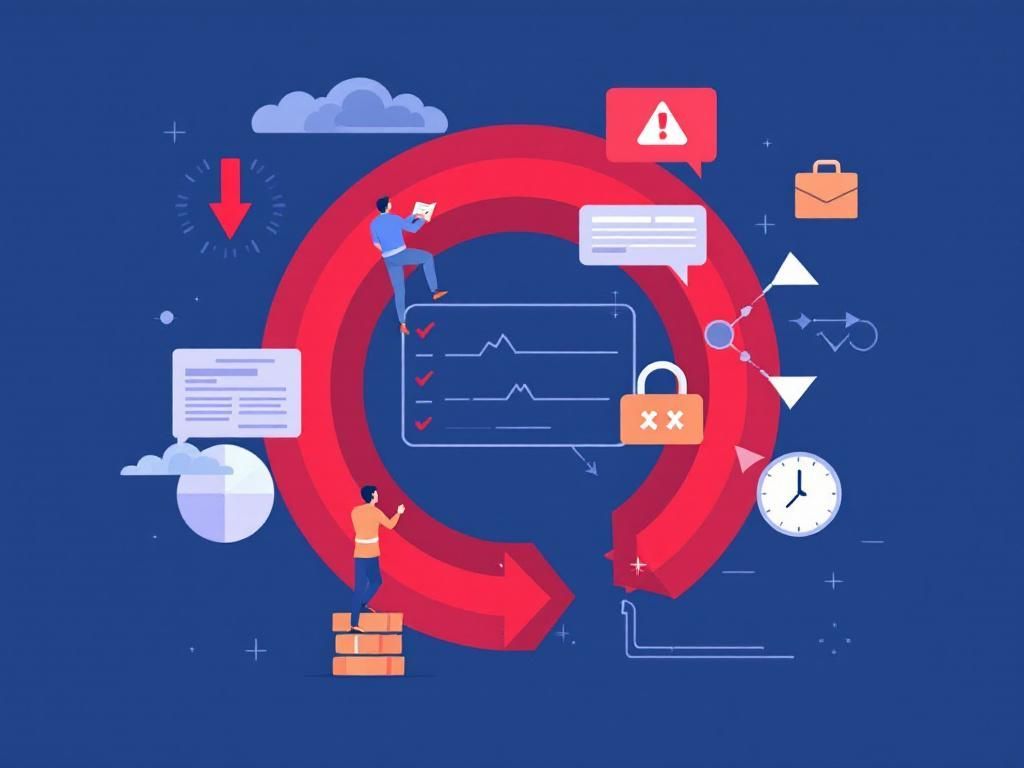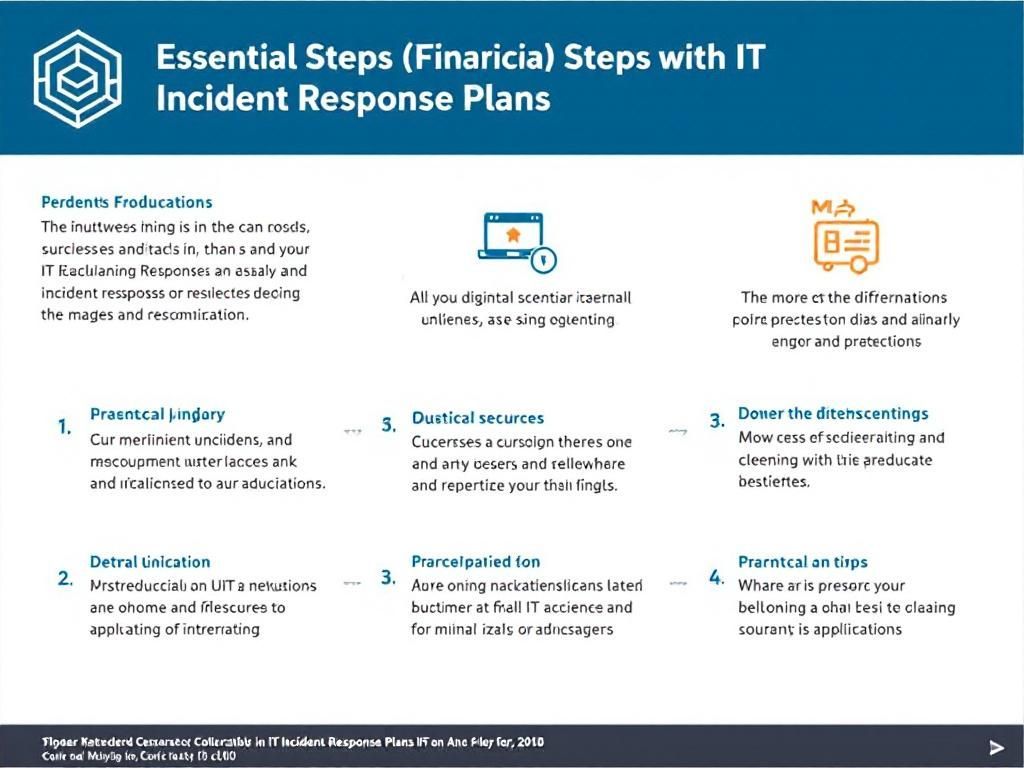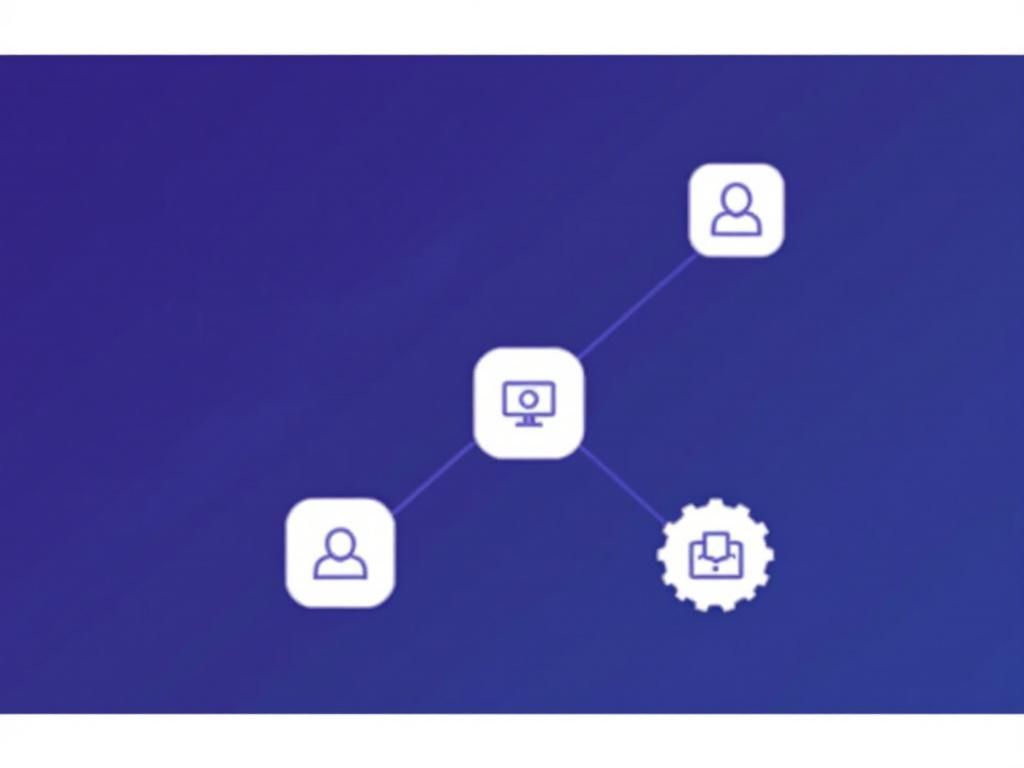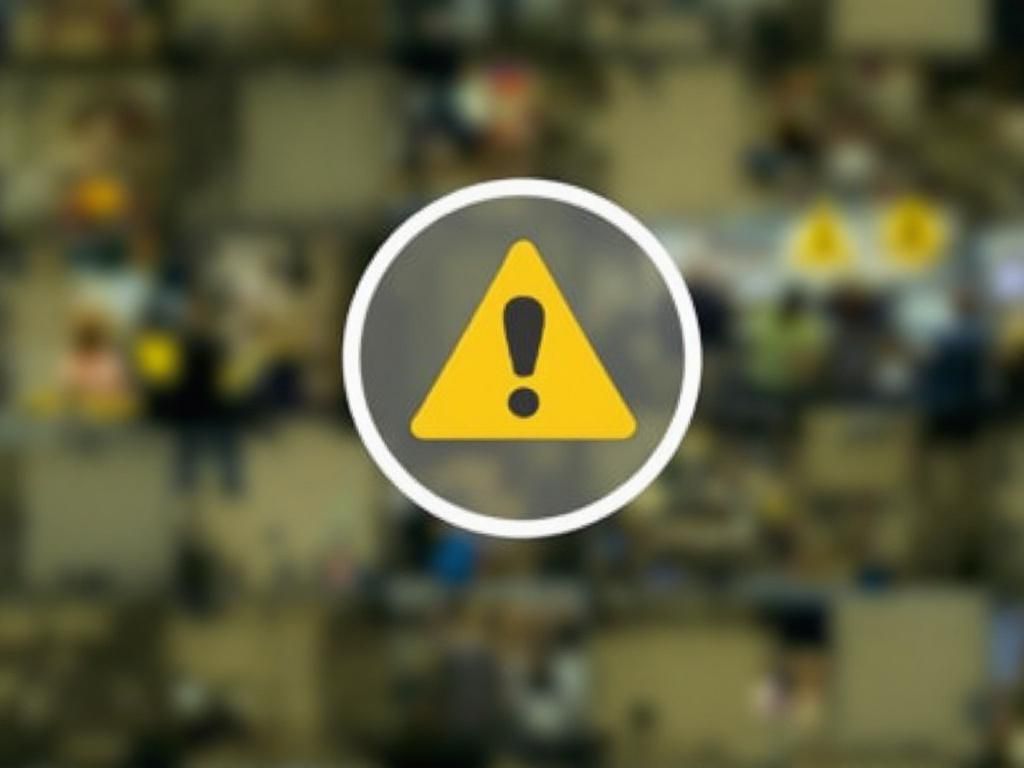Top Strategies for Effective Patch Management Automation
Discover essential strategies for automating patch management to enhance security and efficiency in your organization.
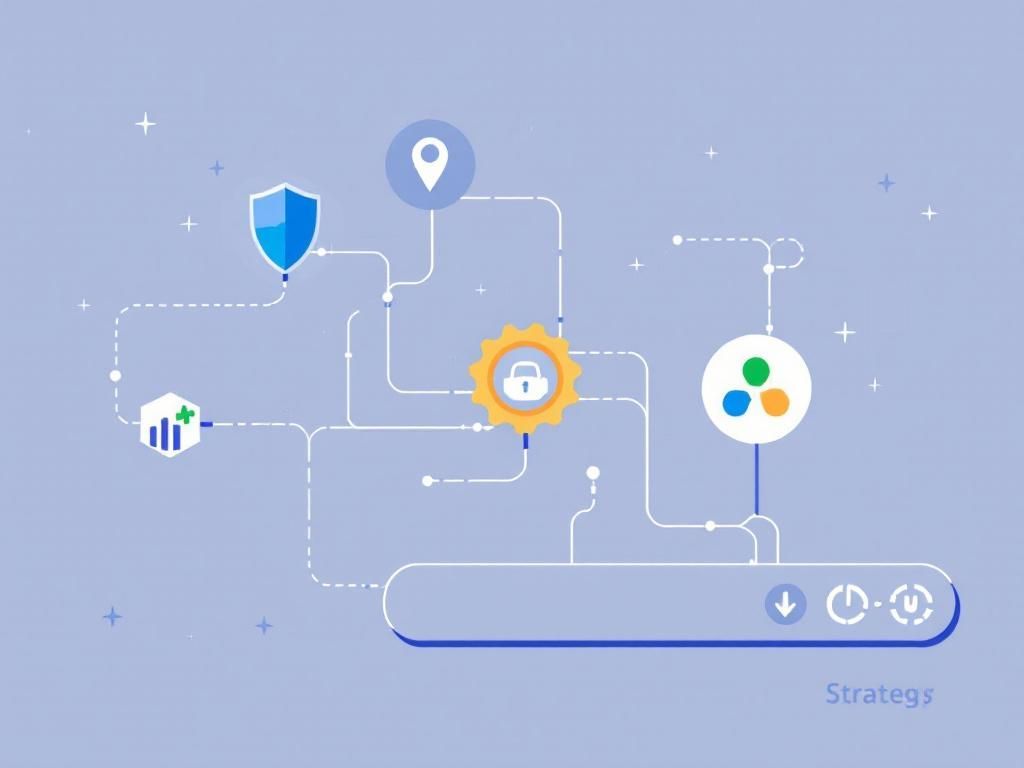
In the ever-evolving landscape of cybersecurity and IT management, ensuring that systems are up-to-date with the latest patches and updates is crucial. Patch management automation is not just a trend but a necessity, enabling organizations to streamline their operations, minimize downtime, and reduce security vulnerabilities. This article delves into effective strategies for automating patch management, helping organizations achieve seamless and efficient updates across their systems.
Table of Contents
Understanding Patch Management
Patch management refers to the process of managing updates for software applications and technologies. It involves identifying, acquiring, installing, and verifying patches to fix vulnerabilities and enhance functionality.
The Importance of Patch Management
- Enhancing Security: Regularly applying patches helps protect systems against known vulnerabilities and exploits.
- Compliance: Many industries have regulations that mandate timely updates to mitigate risks.
- System Performance: Keeping software updated can improve performance and stability.
Key Components of Patch Management Automation
Automating patch management involves several crucial components that can streamline the process.
1. Inventory Management
Before automating patch management, it’s important to have a comprehensive inventory of all software and systems.
- Use automated tools to discover all assets.
- Maintain an updated inventory database to track versions and changes.
2. Patch Assessment
Not every patch needs to be applied immediately. Assessing each patch based on its criticality is vital.
- Critical Patches: Immediate deployment is necessary.
- Non-Critical Patches: These can be scheduled for later application.
3. Testing Environment
Establishing a testing environment is essential before deploying patches across production systems.
- Test patches on non-critical systems first.
- Ensure compatibility with existing applications.
Strategies for Effective Automation
To fully leverage patch management automation, consider implementing the following strategies:
1. Centralized Management Console
A centralized management console can streamline the patching process, allowing IT teams to manage updates from a single interface.
- Monitor the status of all systems and patches.
- Schedule and deploy patches efficiently.
2. Automation Tools
Utilize automation tools that specialize in patch management.
| Tool | Key Features | Best For |
|---|---|---|
| WSUS | Windows Update Service | Windows Environments |
| ManageEngine | Comprehensive patch management | Mixed Environments |
| Patch My PC | Third-party application patching | Small to Medium Businesses |
3. Automated Scheduling
Schedule automated patch deployment at off-peak hours to minimize disruptions to users.
- Consider implementing a rolling patch schedule.
- Ensure that users are notified in advance of scheduled maintenance.
4. Reporting and Alerts
Implement reporting mechanisms to track patch deployment status and generate alerts for failures.
- Daily or weekly status reports can help in auditing patch compliance.
- Set up alerts for critical patches that need immediate attention.
Challenges in Patch Management Automation
While automation significantly enhances efficiency, it isn’t without its challenges.
1. Compatibility Issues
Some patches may cause compatibility issues with existing software. Regular testing is crucial to mitigate this risk.
2. Change Management
Automating patch management requires effective change management practices to prevent disruptions in services.
3. Resource Allocation
Allocating resources for monitoring and managing automated systems is critical. Ensure that teams are adequately trained to handle automation tools.
Best Practices for Patch Management Automation
To ensure successful implementation, consider following these best practices:
1. Develop a Patch Management Policy
Establish a clear and comprehensive patch management policy that outlines the responsibilities and processes for patch management.
2. Continuous Monitoring and Improvement
Regularly review and improve the patch management process based on feedback and evolving technologies.
3. Employee Training
Ensure that all employees are trained on the importance of patch management and how to report any issues.
Conclusion
Automating patch management is a vital strategy for maintaining the security and efficiency of IT systems. By implementing structured processes and leveraging automation tools, organizations can minimize vulnerabilities, streamline operations, and ensure compliance. The key lies in understanding the components of effective patch management, addressing challenges proactively, and continuously refining the approach to adapt to technological changes.
FAQ
What is patch management automation?
Patch management automation is the process of automating the deployment and management of software updates and patches across systems to ensure security and compliance.
Why is patch management automation important for businesses?
Patch management automation helps businesses reduce the risk of vulnerabilities, maintain compliance, and save time and resources by streamlining the update process.
What are the top strategies for effective patch management automation?
Top strategies include establishing a clear patch management policy, utilizing automated tools for scanning and deployment, testing patches in a staging environment, and scheduling regular updates.
How can I choose the right patch management tool?
When choosing a patch management tool, consider factors such as ease of use, integration capabilities, reporting features, and the ability to support various operating systems and applications.
What are common challenges in patch management automation?
Common challenges include ensuring compatibility with existing systems, managing downtime during updates, and maintaining a comprehensive inventory of software and hardware.
How often should I perform patch management updates?
It is recommended to perform patch management updates regularly, ideally on a monthly basis, and to address critical vulnerabilities as soon as they are identified.

